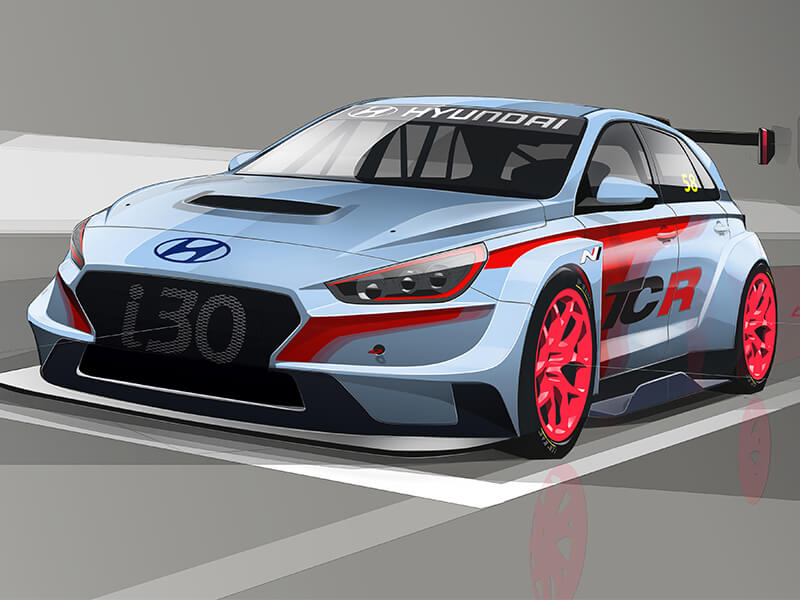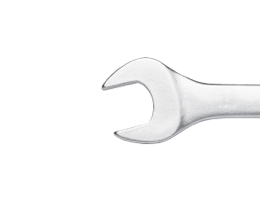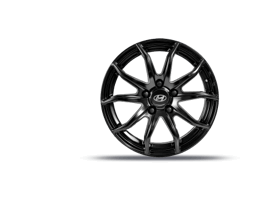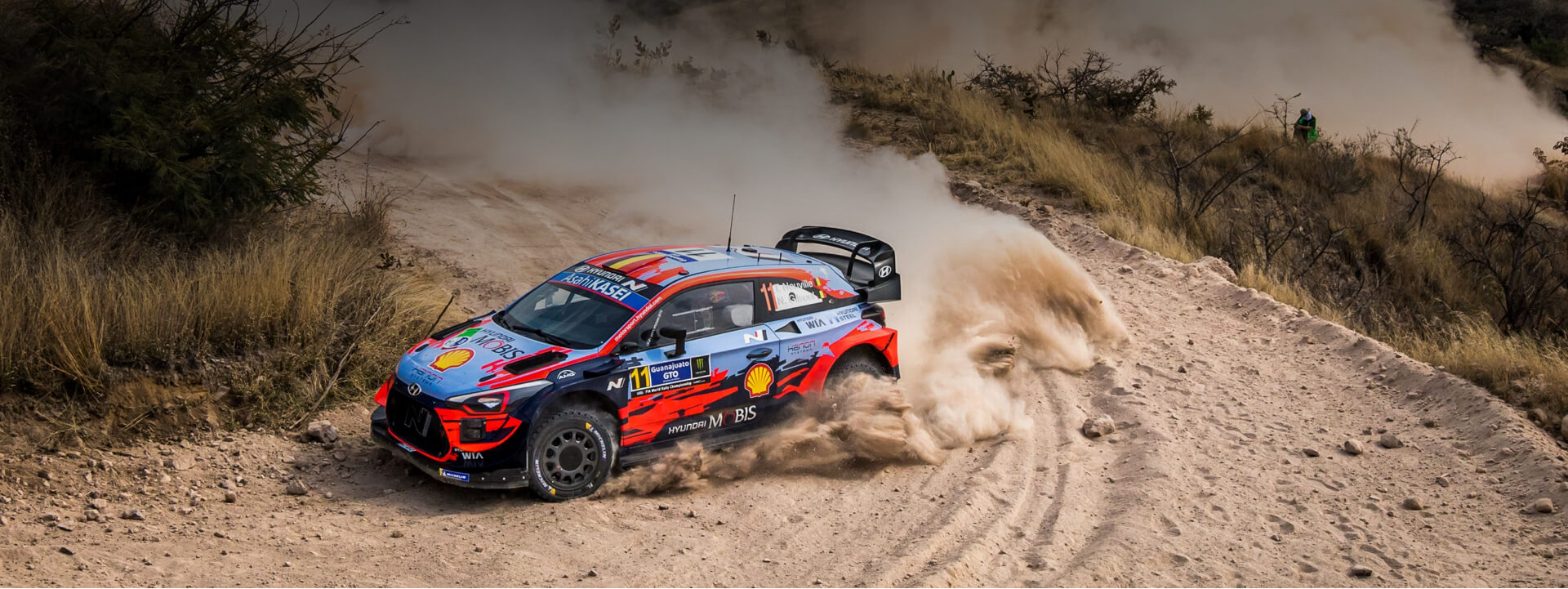Hyundai i30 N TCR set for extended test running at 24H Misano.
- Hyundai Motorsport’s TCR car – bearing its official name Hyundai i30 N TCR for the first time – will make its public debut at the 24H Misano next month
- The team will use the event to develop the car in changing conditions that are not easily replicated in more traditional test settings
- Together with completing long runs the test will concentrate on validating some of the endurance racing aspects of the design, including the lighting and the fuel filling system
The first Hyundai Motorsport built project designed for circuit racing will make a first public appearance next month. The team, together with development partners BRC, will continue the testing of the TCR project, running at the Touring Car Endurance Series’ 24H Misano in Italy on 7-9 July.
The entry will also carry the project’s official name for the first time over the weekend. Newly christened the Hyundai i30 N TCR, the racecar complements the forthcoming high-performance N range from Hyundai, and will further show the high-performance engineering capabilities of the brand. Like its road car counterpart, the i30 N TCR will complete extensive testing in order to provide the best possible package to customers when deliveries begin in early December.
The Hyundai i30 N is the first road-going model from the N family. Set for launch in the second half of 2017, the car brings together Hyundai Motorsport’s experience and the company’s fast-growing expertise in high-performance engineering to deliver maximum fun on the road and on the track.
Having successfully completed initial tests in Spain and Italy the TCR car will travel to Misano on the invitation of both the race organisers Creventic and series sponsor Hankook. Hyundai Motorsport will take advantage of the opportunity to run in conditions that are not easily replicated in normal testing conditions.
The entry will also carry the project’s official name for the first time over the weekend. Newly christened the Hyundai i30 N TCR, the racecar complements the forthcoming high-performance N range from Hyundai, and will further show the high-performance engineering capabilities of the brand. Like its road car counterpart, the i30 N TCR will complete extensive testing in order to provide the best possible package to customers when deliveries begin in early December.
The Hyundai i30 N is the first road-going model from the N family. Set for launch in the second half of 2017, the car brings together Hyundai Motorsport’s experience and the company’s fast-growing expertise in high-performance engineering to deliver maximum fun on the road and on the track.
Having successfully completed initial tests in Spain and Italy the TCR car will travel to Misano on the invitation of both the race organisers Creventic and series sponsor Hankook. Hyundai Motorsport will take advantage of the opportunity to run in conditions that are not easily replicated in normal testing conditions.

Taking advantage of new testing opportunities
The team will look to complete long runs that will begin to simulate the tyre and brake wear that future customers would experience in the range of long-distance events where TCR cars are eligible to compete. The race will also be an opportunity to assess the endurance fuel filling system to make sure that it performs as expected in a racing pitstop. Running during the night will also give the team a chance to assess different lighting options that will be eventually be offered to customers, as well as testing how the car’s systems react to the cooler night time temperatures, and the constantly changing track conditions as the race continues.
Not yet homologated the car will not be part of the specific TCR class at the event, but will instead be grouped with GT4 machinery in the race. However, while the Hyundai i30 N TCR will be running during the competitive session throughout the weekend the team’s aim is not oriented on results. Instead, the key target will be to see how the car behaves in the different conditions. To achieve this the team will not run continuously throughout the race, but instead split the event into segments allowing time to alter the chassis set-up to gain further information from the weekend.
While for the car itself the long runs made possible by entering the event will be a new step in the development process, the engine has already undergone extensive endurance testing. The two-litre turbocharged motor has already completed a pair of trouble-free 40+ hour dyno sessions at Hyundai’s global R&D Centre in Namyang, Korea earlier this year.
Hyundai Motorsport Customer Racing manager Andrea Adamo said: “Entering the Hyundai i30 N TCR at the 24H Misano is a unique opportunity for us during the development phase of the project. Obviously the running we have already completed, and that which we plan for the coming months, is very important, however, this event will give us the chance to test in conditions that are impossible to replicate away from a competitive event. Though we will not run continuously through the entire event we will manage our time on track, splitting the race in several sections where we can focus on long runs and the endurance racing aspects of the our design. With time on track at night, as well during daylight will also mean that we can see how the car’s behavior shifts depending on atmospheric and track conditions that will be constantly changing.”
The team will look to complete long runs that will begin to simulate the tyre and brake wear that future customers would experience in the range of long-distance events where TCR cars are eligible to compete. The race will also be an opportunity to assess the endurance fuel filling system to make sure that it performs as expected in a racing pitstop. Running during the night will also give the team a chance to assess different lighting options that will be eventually be offered to customers, as well as testing how the car’s systems react to the cooler night time temperatures, and the constantly changing track conditions as the race continues.
Not yet homologated the car will not be part of the specific TCR class at the event, but will instead be grouped with GT4 machinery in the race. However, while the Hyundai i30 N TCR will be running during the competitive session throughout the weekend the team’s aim is not oriented on results. Instead, the key target will be to see how the car behaves in the different conditions. To achieve this the team will not run continuously throughout the race, but instead split the event into segments allowing time to alter the chassis set-up to gain further information from the weekend.
While for the car itself the long runs made possible by entering the event will be a new step in the development process, the engine has already undergone extensive endurance testing. The two-litre turbocharged motor has already completed a pair of trouble-free 40+ hour dyno sessions at Hyundai’s global R&D Centre in Namyang, Korea earlier this year.
Hyundai Motorsport Customer Racing manager Andrea Adamo said: “Entering the Hyundai i30 N TCR at the 24H Misano is a unique opportunity for us during the development phase of the project. Obviously the running we have already completed, and that which we plan for the coming months, is very important, however, this event will give us the chance to test in conditions that are impossible to replicate away from a competitive event. Though we will not run continuously through the entire event we will manage our time on track, splitting the race in several sections where we can focus on long runs and the endurance racing aspects of the our design. With time on track at night, as well during daylight will also mean that we can see how the car’s behavior shifts depending on atmospheric and track conditions that will be constantly changing.”







